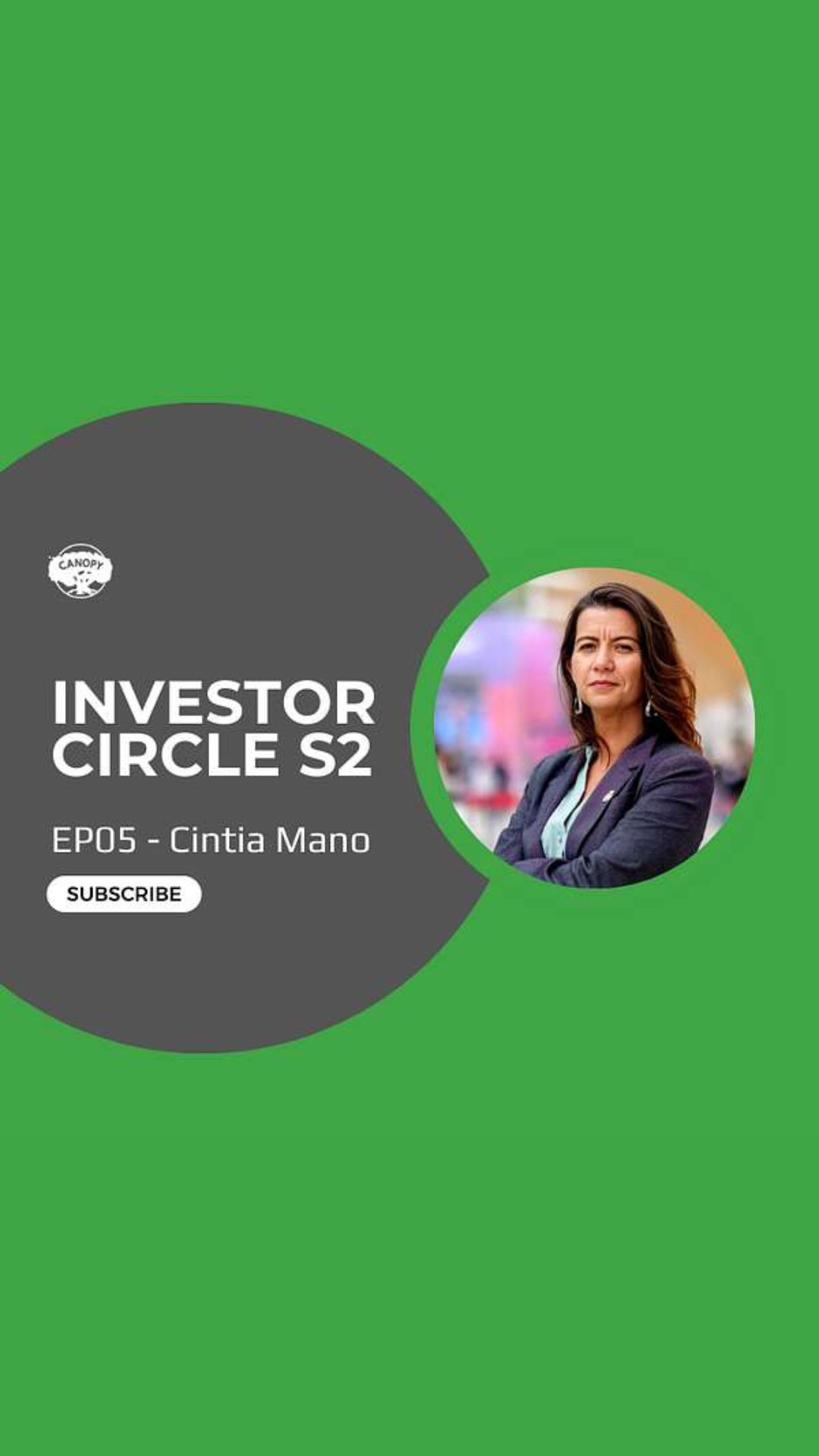As an angel investor, you have received a startup pitch deck, met the founders, and are now considering investing in this startup. The next thing for you to do is look at this company's financial projections (financial forecasts). Financial projections show whether startups have a chance to generate enough profit to survive. These insights help you decide if a startup is a worthwhile investment.
A financial forecast of a startup is an essential document for investors in early-stage companies. It is also a critical tool that helps founders with budgeting. Startup equity investing involves taking high risks and therefore requires a thorough analysis of the market, the company, and the product/service. Pre-seed and seed startups usually don’t have a solid history, so it's crucial to analyse their financial forecast.
What are the documents you need for a financial forecast? Here is a list of essentials:
- Business plan
- Quarterly and annual predictions
- Projections by product
- Headcount forecast and subsequent hiring
- Capital requirement and financing strategy
- Market Analysis
For the forecast, startup founders choose between two approaches to preparing the estimates: Top-Down and Bottom-up.
A Top-down method is an approach from a macro to micro point of view where the founder of a startup looks first at the market in which they will operate. The industry estimates are good starting points and are then adapted to the company's reality. The startup should provide the TAM, SAM and SOM (Total Available Market; Serviceable Available Market and Serviceable Obtainable Market). The forecast is prepared based on marketing research.
In the Bottom-up method, the founder starts from a micro approach to a macro. They analyse the startup’s management, team, customer quality, growth expenses and product scalability. In this method, a forecast is prepared based on the resources available, past experiences and validations in the market.
It is fundamental to understand the assumptions behind the business plan. The financial plan can answer the WHAT, HOW and WHEN. At least from the founder's perspective. There is no right way to project between Bottom-up and Top-down.
We know that startups make many mistakes in the projections and are often overly optimistic. I always think of Dwight Eisenhower’s quote: "Plans are nothing; planning is everything" when I see financial projections that are too optimistic. In most cases, the startup’s plan itself is not so important, but the act of planning and the quality of the project are.
See how the founder presents the company's vision and how they view business and growth. See if the plan shows any signs learnings from previous experiences.
After analysing the information, ask about the founder’s assumptions while making the projections. It’s essential to have a sensible analysis of the predictions. Test and verify critical assumptions. Check if the financial forecast of the startup is realistic. Look at the projections of the capital requirement, cash flow timing, cash flow management, forecast expenses, revenue growth, operational margins, and management’s salaries vs equity. Are these in line with the founder’s assumptions?
So you have done your analysis of the financial forecast. Now you understand the founders' vision and how the company plans to achieve results in the future. Now it is time to look at the here-and-now. What are the current metrics? What were the metrics that supported the validation or product-market fit phase? Do the current metrics justify the search for the next milestones?
As an angel investor, practice finding a connection between the presented plan and the current situation of the startup. Investors should look for connecting dots between today’s learnings and metrics and the upcoming challenges and milestones.
Another essential thing to consider is identifying the actual metrics and background. Try to find answers to these questions: How did the founders conduct and conclude the validation or product-market-fit phase? Will current metrics help them achieve the upcoming milestones? If the company doesn't have a history, the founder’s track record is what matters.
Companies’ forecast is a challenge for experienced CFOs and C Level executives; it won’t be easy for entrepreneurs to do it either. There are entrepreneurs with more business and finance experience and many first-time founders. The critical point of the forecast is understanding how the entrepreneur plans to achieve the milestones and not necessarily evaluating the quality of the business plan.
To evaluate the forecast: PRAGMATISM is more important than FORMALISM.










